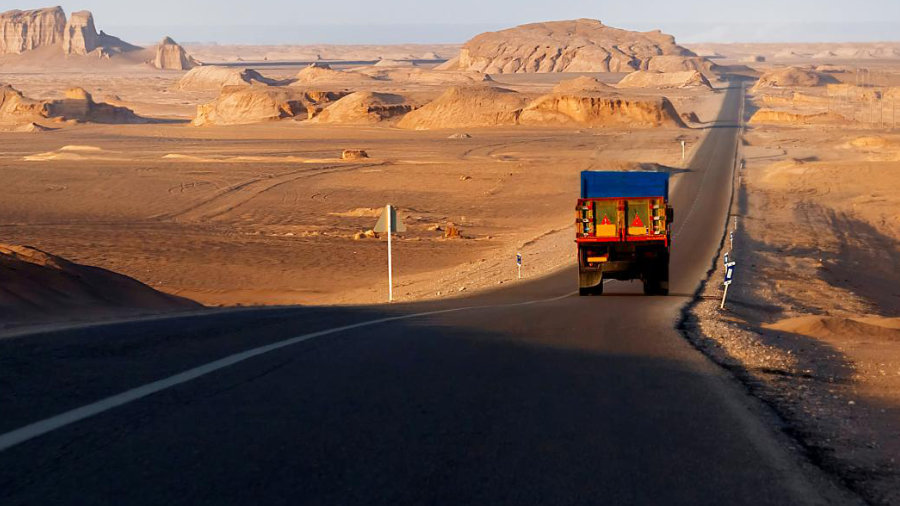Baghdad, Iraq- Mosul is witnessing a remarkable revival as historic churches, mosques, and other key buildings, destroyed by the Islamic State (IS) occupation, are being reopened. The restoration project, spearheaded by UNESCO and funded by international donors, began following the city’s liberation in 2017 and marks a significant milestone in Mosul’s recovery.
UNESCO’s Director-General Audrey Azoulay and Iraqi Prime Minister Mohammed Shia’ al-Sudani are set to attend a ceremony on Wednesday to celebrate the reopening of several landmarks. Local artisans, residents, and representatives from Mosul’s diverse religious communities will also be present.
When the city of Mosul was liberated, much of its Old City, including iconic structures like the al-Hadba minaret and al-Tahera Church, lay in ruins. The daunting task of rebuilding began with a $115 million budget, largely funded by the United Arab Emirates and the European Union.
A significant achievement of the restoration has been the involvement of the local community. More than 1,300 young people from Mosul have been trained in traditional restoration skills, and over 6,000 new jobs have been created. Notably, 30% of the engineers involved in the project were women. The restoration efforts included not only buildings but also schools and homes, with over 100 classrooms renovated.
Among the restored landmarks, the al-Hadba minaret, the al-Saa’a convent, and the Al-Nouri mosque stand out. Many residents have also been able to return to their rebuilt homes, like Mustafa, who was overjoyed to see his 19th-century family house restored after it was damaged during the city’s liberation.
Maria Rita Acetoso, the chief architect overseeing the restoration, stresses that the project is more than just rebuilding buildings; it’s about rebuilding trust and cultural identity. As the city’s historic sites are brought back to life, the people of Mosul are slowly reclaiming their history and hope for the future.



